Venom: the painful truth
Expert reviewers
Essentials
- It’s not just spiders and snakes which are venomous—there are many species of venomous animals, including insects, sea creatures and even some mammals.
- Venom is a complex chemical cocktail made up of a number of different components, each with specific effects in the body of the victim.
- Venom helps animals fight off predators, capture prey and deter competitors.
- Thanks to its chemical complexity, venom has potential in the development of new medicines.
A funnel web spider can kill a grown person, but not your pet pooch. The excruciating pain caused by platypus venom is resistant to morphine. And snake venom could just save your life. Want to know how? Read on.
Beyond snakes and spiders
A rearing funnel web spider, a striking brown snake … these are the kind of images that spring to mind when we talk about venomous animals. Scary things. With fangs. But, while these animals are certainly venomous, they’re really just the tip of the iceberg. The range of animals which have venom as part of their arsenal is much broader than spiders and snakes. Some of them are small, commonplace visitors to our garden—flying insects to which we barely give a second thought. Others look so cute and cuddly it’s hard to believe they could hurt anyone.
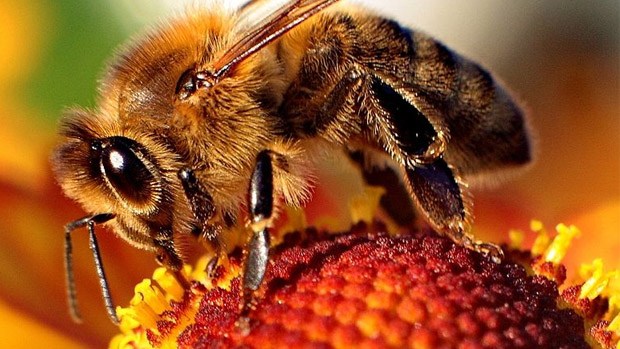
Venomous animals include:
- centipedes
- several orders of insects, including bees, wasps and ants
- lizards, including the Gila monster of the United States and Mexico; the Mexican beaded lizard; and the Komodo dragon
- sea creatures like sea anemones, jellyfish, sea snails, fish and octopuses
- scorpions
- spiders
- snakes.
There are even some venomous mammals, such as shrews; the notoriously cute slow loris (the world’s only venomous primate, it stores venom in an elbow patch, which it mixes with saliva to produce a venomous bite); and the Australian platypus. That’s right—platypuses are venomous. Mature males have a spur on their back legs which is hooked up to venom glands. The spur is thought to be mainly used in fighting off other males competing for a mate. It’s rare for people to be spurred and there have been no reported human deaths by platypus. While a stab from a platypus spur won’t kill you (and it’s not known for sure how venomous the spur is to other platypuses), it’s reported to be excruciatingly painful. The pain can last days, weeks or even months and is resistant to morphine.
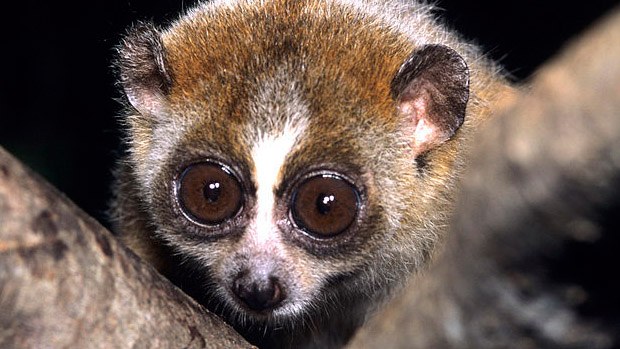
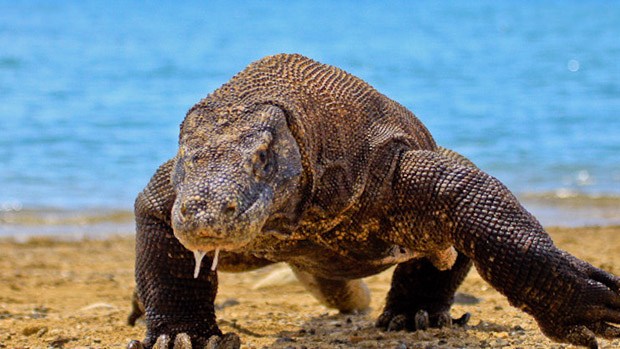
Poisonous ain’t venomous
Although the terms are often used interchangeably, ‘venom’ and ‘poison’ are actually not the same thing.
Poison is a toxin that gets into the body through the gastrointestinal or respiratory tract or by absorption through intact (unbroken) body layers. Poisons generally contain very small molecules—which means they can be absorbed by the skin, for instance. A cane toad, which excretes toxins from glands on each shoulder, is a poisonous animal. It has to be ingested (or licked) to cause harm. Poison ivy is an example of a poisonous plant—touching it can result in an itchy and sometimes painful rash.
Venom is a toxin or mixture of toxins that get into the body through an injection—via a bite or sting. Because it has a mixture of small and large molecules, it needs a wound to be able to enter the body. A taipan, which injects venom through syringe-like teeth, is a venomous animal. So are jellyfish, which inject venom into skin using venom-filled harpoon-like structures that shoot out from cells along their tentacles when touched.
If you lick it or eat it and you die, it’s poisonous. If it bites you and you die, it’s venomous.Dr Bryan Fry
A chemical cocktail
When it comes to its chemical composition, venom is less like a shot of gin, and more like a complicated cocktail made with dozens of ingredients and topped with a cherry, a swizzle stick and a fancy umbrella. That’s because venom isn’t made up of one single type of toxin. Rather, the venom of each species contains a number of different toxins. The venom can vary based on the age or sex of the animal, its geographic range, and its diet. The venom of the funnel web spider, for instance, contains at least 40 different toxic proteins. Platypus venom has at least 25 chemical components, including a protein that lowers blood pressure (causing shock); digestive enzymes that dissolve body tissue, helping venom spread; and a compound that acts on the nerve cells that register pain.
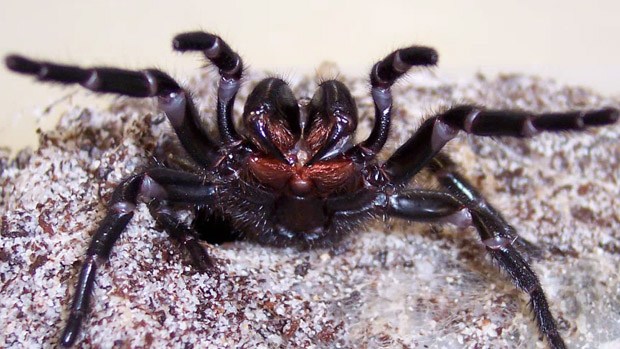
As the example of the platypus shows, each toxin has a specific effect in the body of the victim. Some cause the nervous system to shut down or, conversely, to go into overdrive. Some eat away at muscle tissue. Some snake venom toxins cause the blood to clot, and others cause the blood not to clot. Some cause tremendous pain. While all that sounds like bad news, it’s this complexity of venom, and the specific action of its various toxins in the body, which makes it extremely promising in the development of new medicines, as we’ll see later. Each toxin may not necessarily be deadly in itself; it’s the combination of various toxins that makes many venoms deadly weapons.
The chemical composition of venom varies between species, but it can also vary within species. Male Sydney funnel web spiders, for instance, have a unique component in their venom that affects the nervous systems of people and monkeys—but not, interestingly, other animals. This component isn’t present in large amounts in the venom of the female Sydney funnel web. Mature males, which tend to wander from their nests in search of a mate, are more likely to come into contact with people, and so most of the human bites by funnel web spiders are attributed to male spiders. Some venomous marine snails, with tens of different types of neurotoxins in their venom, can actually control the mix of toxin types depending on whether they’re hunting or defending themselves.
What’s the use of venom?
The reason animals have venom is nothing personal—although it may not seem that way if you’ve ever been stung by a bee while innocently trimming the roses, or by a bluebottle while paddling in the ocean. Animals have venom because venom comes with some very handy benefits which help them survive. It enables animals to defend themselves against predators. It enables them to capture prey. And it can be used to deter competitors (such as other males in mating season, as in the case of the platypus). All this means that, if you have venom, you don’t have to be more physically powerful or larger than your enemies or competitors to survive. These benefits help explain why venom has evolved in so many different species—because it confers some distinct evolutionary advantages.
Evolutionary adaptations don’t spring out of thin air: evolution can only work with the components that are already present in an organism. The toxic chemicals in snake venom, for example, evolved from proteins (the most basic building blocks of all living things, needed for basic body processes), mutated into a version with a specific role in defence or predation. For instance, the component in taipan venom—which, as we’ve seen, interferes with blood clotting in its victims—evolved from an enzyme which clots the snake’s own blood, allowing wounds to heal.
If venom is so useful, why aren’t all animals venomous? Because being venomous comes at a price. Venom takes a lot of biological energy to make and maintain. You can see this in scorpions. After injecting its venom from stingers in its tail, the scorpion takes around four days for it to replenish its venom, during which time its energy is depleted and it’s vulnerable to attack.
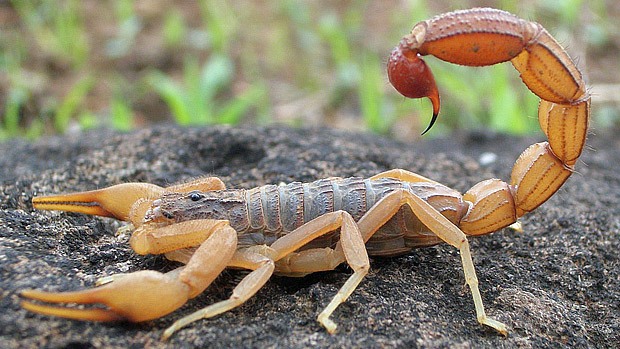
Is there an antivenom for that?
Okay, so you’ve accidentally surprised a snake, and now you’ve been bitten. You’re going to need to take action—and we don’t mean a status update with a snake selfie. It’s time to apply a pressure bandage and immobilisation, get to hospital and, potentially, get a dose of antivenom.
How is antivenom made?
An antivenom is a biological product used to treat venomous bites or stings. It’s made by milking the relevant animal (spider, snake, or whatever) for venom. Small amounts of venom are injected into an animal, commonly a horse (goats, sheep or rabbits may also be used), so that, over time, the animal produces antibodies. Some of the animal’s blood is collected and the antibodies extracted. These can then be used in an antivenom solution. This process has remained essentially unchanged over the last 100 years of antivenom production.
Different antivenoms for different bites
Because, as we’ve seen, venom is so varied, you’re going to need a different antivenom depending on which animal you’ve been bitten or stung by. So although (thanks to French experiments) the first cobra antivenom was made commercially available in the 1890s, it wasn’t much help to people bitten by Australian snakes. It was only from the 1930s that antivenoms were finally developed for the most common Australian venomous snakes.
Because a bite from a specific snake needs a matching antivenom, it used to be extremely important that the snake was positively identified to ensure the right antivenom was given. Today, polyvalent snake antivenom GLOSSARY polyvalent snake antivenoman antivenom designed to help neutralise the effect of the venom of most snakes encountered in Australia and in Papua New Guinea is available and can be used for bites from unidentified snakes. Polyvalent antivenom is designed to help neutralise the effect of the venom of most snakes encountered in a particular region such as Australia or Papua New Guinea, and is made by immunising horses against the venoms of the mulga snake, taipan, death adder, tiger snake and brown snake. Even so, it’s preferable to give the specific antivenom for that snake, if known, as polyvalent antivenoms carry more risk of adverse effects in the patient.
Venom that could save your life
Although venom could kill you, it could also save your life. That’s because, as we’ve seen, the various chemical components in venom each have specific effects on the body, with the active components targeting particular molecules. By isolating and slightly tweaking these components, scientists can use them as the basis for effective new medicines.
While there are lots of possibilities for potential new medicines—such as new painkillers and treatments for diabetes and even cancer, as well as the development of environmentally friendly insecticides—we’re not just talking future science here. Medicines derived from modified toxins are already among us. If you know anyone taking blood pressure medication, chances are it’s in the class of drugs known as ACE inhibitors GLOSSARY ACE inhibitorsAngiotensin converting enzyme inhibitors are drugs used primarily for the treatment of hypertension and congestive heart failure. , which contain modified snake toxins.
Researchers in the 1970s observed that plantation workers bitten by the Brazilian pit viper collapsed with crashing blood pressure. They separated out this pressure-lowering component in the venom, modified it, and released a synthetic version in the mid-1970s. The ACE inhibitor class of drugs has gone on to become one of the top 20 bestselling drugs of all time, with multimillion dollar sales.
So, despite their reputation, scary-looking venomous animals aren’t out to get you. Even in Australia, most of these animals like to keep under the radar and you'd be lucky to see one in person, much less be on the receiving end of a bite. In fact, more people die in Australia on average per year from bee stings than spider bites. And not only may their venom hold the key to new medical discoveries, but the fact that they can hurt or even kill human beings doesn’t mean they have it in for us—rather, venom has evolved as a useful survival mechanism which has allowed many of our earth’s diverse and fascinating species to prosper. As to why a funnel web spider’s venom could kill you, but not your pet pooch (or cat, rabbit or guinea pig), it seems that’s just an unfortunate coincidence. The toxin that’s effective against the funnel web’s insect prey, through a quirk of evolution, just happens to have a deadly effect on us. Nothing personal. Really.





